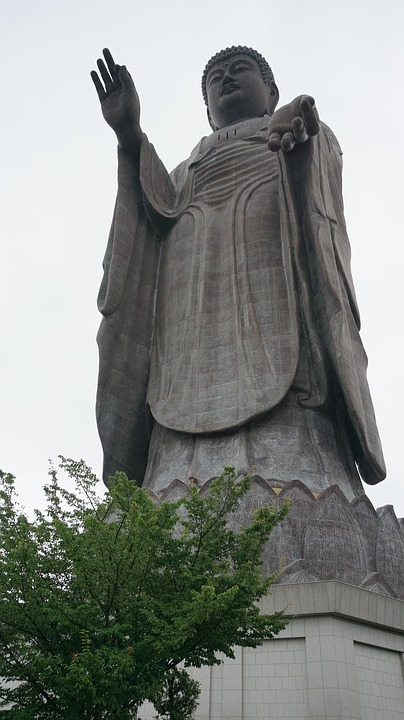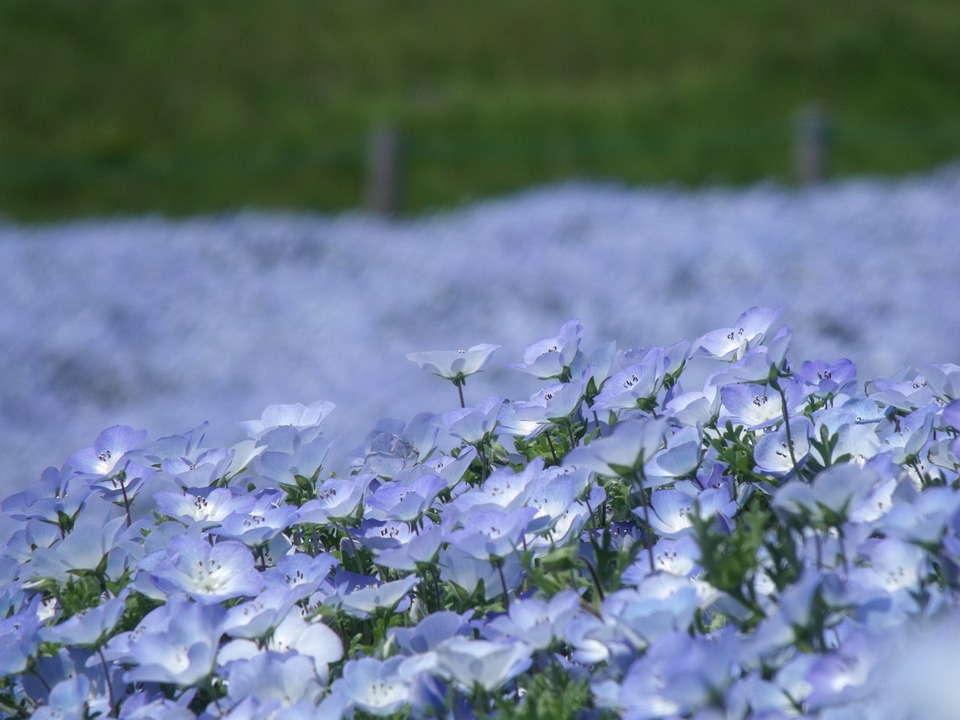Found on the northeastern part of Kanto region, Ibaraki is a prefecture that is rich in gorgeous landscapes, bounded by the mountains in the north, and sprinkled with many pristine lakes and scenic plains.
Home to about three million people, it is made up of 32 cities, with Mito as its capital city. It is also famous for the Kairakuen, one of the three best Japanese-style gardens in the country; natto, or fermented soybeans; and Aikido, a type of martial art.
How To Get To Ibaraki
To get to Ibaraki, you can take a plane, train, or bus.
Located in the city of Omitama, Ibaraki Airport serves only a small number of international and domestic flights. It handles charter flights to and from Seoul via Eastar Jet, and Da Nang via Vietnam Airlines, and also operates flights to and from Shanghai via Spring Airlines, and Taipei via Tigerair Taiwan. Its lone domestic carrier is Skymark Airlines, which offers flights to and from Sapporo, Naha, Kobe, and Fukuoka.
By rail, the prefecture is accessible from other parts of the country via multiple JR East lines, such as Joban Line, Mito Line, Kashima Line, Suigun Line, and Utsunomiya Line; and private lines, like Tsukuba Express, Kashima Rinkai Railway, and Kanto Railway.
There are also buses that connect Ibaraki to Osaka, Sendai, Tokyo, and others. Use the Willer Express and Japan Bus Online websites to search for routes, timetables, and other information.
Top Attractions in Ibaraki
Kairaku-en
Established in 1842 by then feudal lord Tokugawa Nariaki, who reigned over the Mito Domain (which is now Ibarakai Prefecture), the Kairaku-en is a Japanese garden recognized as one of Japan’s Three Great Gardens, along with Kenroku-en in Kanazawa and Koraku-en in Okayama. It was created for the lord to have a place to rest and relax.
Home to several plum trees, cedar trees, bamboo, and a variety of other plants, it is best visited in late February to early March, when the plum flowers are at their peak blossoming stage. It also has a traditional building known as Kobuntei, an old front gate, and many scenic hiking trails.
To get there from Tokyo, take the JR Joban Line to Mito Station, and then walk about half an hour along Senba Lake to the garden entrance. Alternatively, you can take a 15-minute bus ride from Mito Station to the garden.
Kairakuen’s official website provides more information on the garden’s opening hours and others.
Kashima Shrine
Located on southeastern Ibaraki, on top of Kashima plateau, Kashima Shrine is a Shinto shrine that honours Takemikazuchi-no-Okami, a Shinto deity of martial arts. It occupies a spacious complex that houses many buildings, gates, stone lanterns, and a pond.
Every year, the shrine hosts several festivals, including the White Horse Festival in January, the Setsubun Festival and Bountiful Crops Festival in February, the Spring Festival in March, the Autumn Equinox Festival in September, and the Tencho Festival in December.
And, every 12 years, it celebrates a special kind of festival, called the Grand Imperial Ofuna Festival, which is dedicated to the deities Takmikazuchi and Futsunushi. Featuring early morning religious ceremonies, vibrant parades, and elaborately adorned boats, the next one will be held in 2026.
To get there, take the Oarai Kashima Line from Mito Station to Kashima Soccer Stadium Station, and then transfer to the Kashima Line to Kashimajingu Station.

Ushiku Daibutsu
Towering at 120 metres, the Ushiku Daibutsu in the city of Ushiku is in the top three of the world’s tallest statues list today. Finished in 1993, it depicts a standing Amitabha Buddha. It is made of bronze, and consists of a 10-metre lotus platform, a 10-metre base, and a 100-metre-tall Buddha. It weighs 4,003 tonnes.
The inside of the statue is a museum, and visitors can enter and explore it. Buddhist statues, scriptures, and artefacts are displayed on each of the four floors that make up the inner structure.
Take the JR Joban Line from Mito Station to Ushiku Station, and then transfer to a bus to Ushiku-joen.
Mount Tsukuba
Located near the city of Tsukuba, Mount Tsukuba is an 877-metre-high mountain, known for its double peaks — the 877-metre-high Nyotai-san and the 871-metre Nantai-san. It is a famous summer destination in the region because of its unobstructed views of the Kanto plain, Mount Fuji, and even the Tokyo skyline, on clear days.
A popular nature day trip destination from Tokyo, it has an abundance of pine trees, cedar trees, cypress trees, and conifers, as well as a wide variety of insect, bird, and large animal species, such as sika deer, raccoon, Japanese red fox, Japanese hare, Japanese boar, and Eurasian badger.
To get there, catch the Tsukuba Express at Tokyo’s Akihabara Station, and get off at Tsukuba Station. Transfer to a shuttle bus bound for Tsukuba Shrine, found at the foot of the mountain.
Hitachi Seaside Park
Sitting on 350 hectares of fertile land, the Hitachi Seaside Park is a pleasant park that is home to well-maintained gardens and a wide array of colourful flowers.
Any time of the year, the park is a sight to behold, especially when seasonal flowers reach their peak blooming season. In spring, from late April to mid May, the blue nemophila flowers transform the park’s Miharashi Hill into a sea of blue. And, in autumn, around the first couple of weeks of October, the green kokia bushes turn to a breathtaking blanket of red.
The park also has an amusement park which consists of about 30 attractions and rides, including a roller coaster and a 100-metre tall Ferris wheel, restaurants, walking trails, and bicycle paths.
From Tokyo, take a JR Joban train to Katsuta Station, and transfer to a bus bound for the park.
The Hitachi Seaside Park official website provides more information on tickets, opening hours, events, and others.

Getting Around Ibaraki
Various JR East and private lines link the different cities in the prefecture, such as JR East’s Kashima and Suigun lines, and Kanto Railway’s Ryugusaki and Joso lines. Hyperdia can help you figure out which trains to take by inputting your origin and destination stations, and other information.
Additionally, there are several bus services that provide intercity services. You can find bus timetables on Ibaraki’s Prefectural Government website.
Weather in Ibaraki
Summer in Ibaraki is mild, with temperatures in the low to mid 20s degrees Celsius, but rainy days are frequent, especially in June, August, and September. In autumn, daily average temperature drops to about 15 degrees, and, in winter, days can be as cold as 0 degrees, with some snowy days in January and February. In spring, days are usually at a comfortable 15 degrees, accompanied by some rain.
